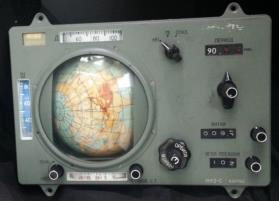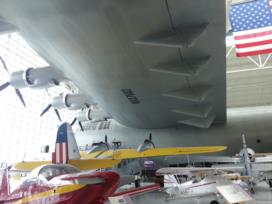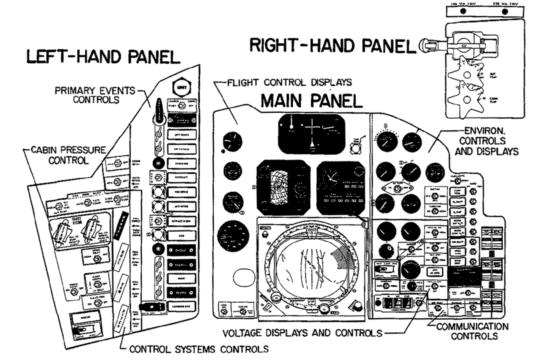
NavList:
A Community Devoted to the Preservation and Practice of Celestial Navigation and Other Methods of Traditional Wayfinding
From: Paul Dolkas
Date: 2016 May 17, 08:29 -0700
The original U.S. Mercury spacecraft (1960 – 63) had a similar gizmo, at least for the first bunch of flights (it was gone by the time they flew the last one). None of our later spacecraft – Gemini, Apollo or Shuttle bothered with it.
One other thing that they included was a set of scribes on the window so they could determine their pitch & roll angles during re-entry by lining up with the earth’s horizon. Yaw was determined by lining up with a “yaw star” that would be visible at the time of retrofire. Good thing too – on the last flight, an electrical short blacked out almost all of the controls, including the gyroscope. Without them, the astronaut (Cooper) wouldn’t have been able to control the craft during re-entry, and last Mercury flight would have ended in a disaster.
Paul Dolkas
From: NavList@fer3.com [mailto:NavList@fer3.com] On Behalf Of Frank Reed
Sent: Sunday, May 15, 2016 10:54 AM
To: paul@dolkas.net
Subject: [NavList] Orbital navigation computer in Oregon
A bit less than three weeks ago, I reported my position as 45.204° N, 123.145° W. I'm sure at least one person was curious enough to drop those coordinates into Google Maps or similar and discovered that I was visiting the Evergreen Aviation & Space Museum in McMinnville, Oregon, about an hour and a half southwest from Portland. It's an extraordinary museum with many unique exhibits. In one small case I noticed a little orbital navigation computer that was apparently standard equipment on the Soviet/Russian Soyuz spacecraft for many years. This appears to be a simple analog computer with a rotating globe that calculates and displays the position based on simple orbital data entered manually by the cosmonauts. Assuming properly entered parameters, it ought to be accurate at the apparent resolution of the simple globe display for a few days at least. I'm including a picture of this small item.
The museum also has a spectacular collection of large aircraft and space artifacts. I'm including a photo of the aviation hall which shows a portion of the museum's largest exhibit item. That's the Hughes H-4, a "birch duck" by any other name, which has held the record for longest wingspan for almost 70 years. It will probably lose that title later this year.
Frank Reed









